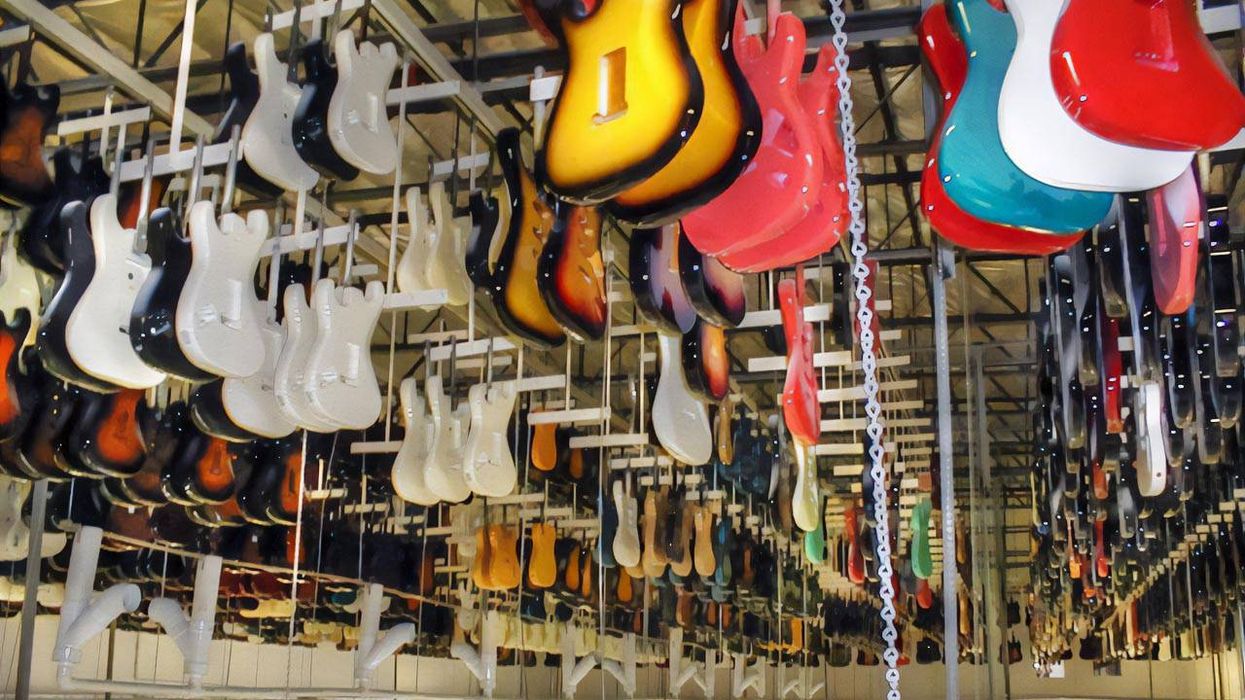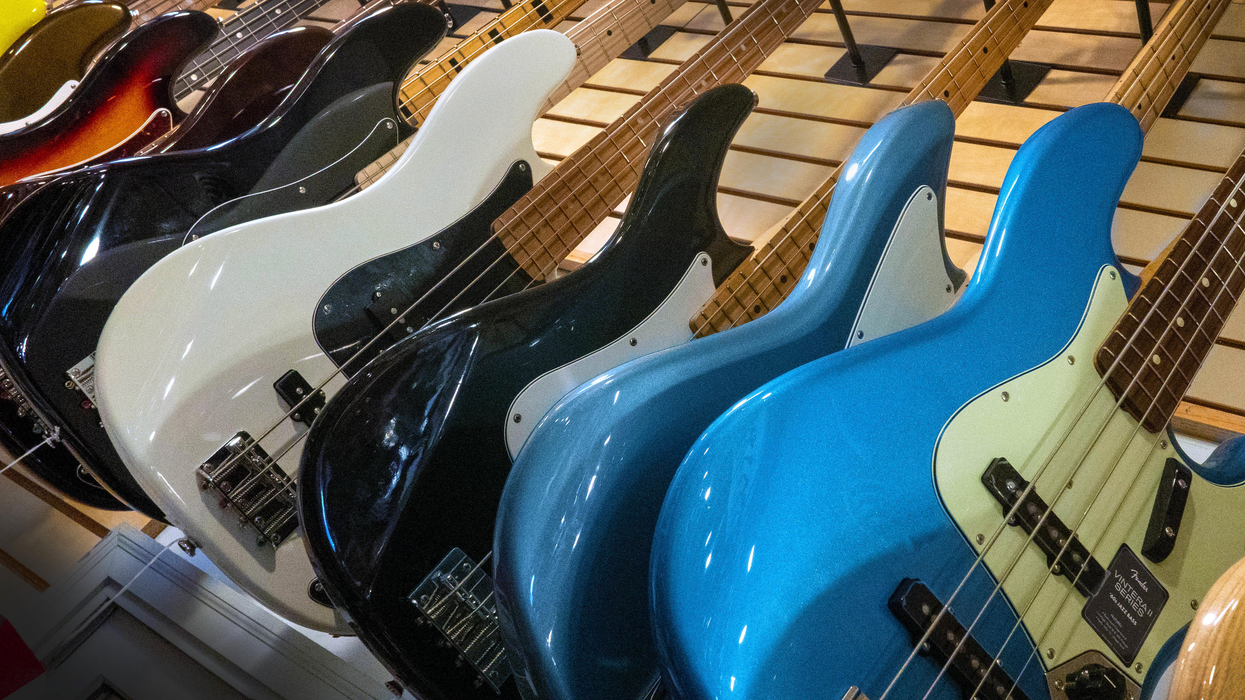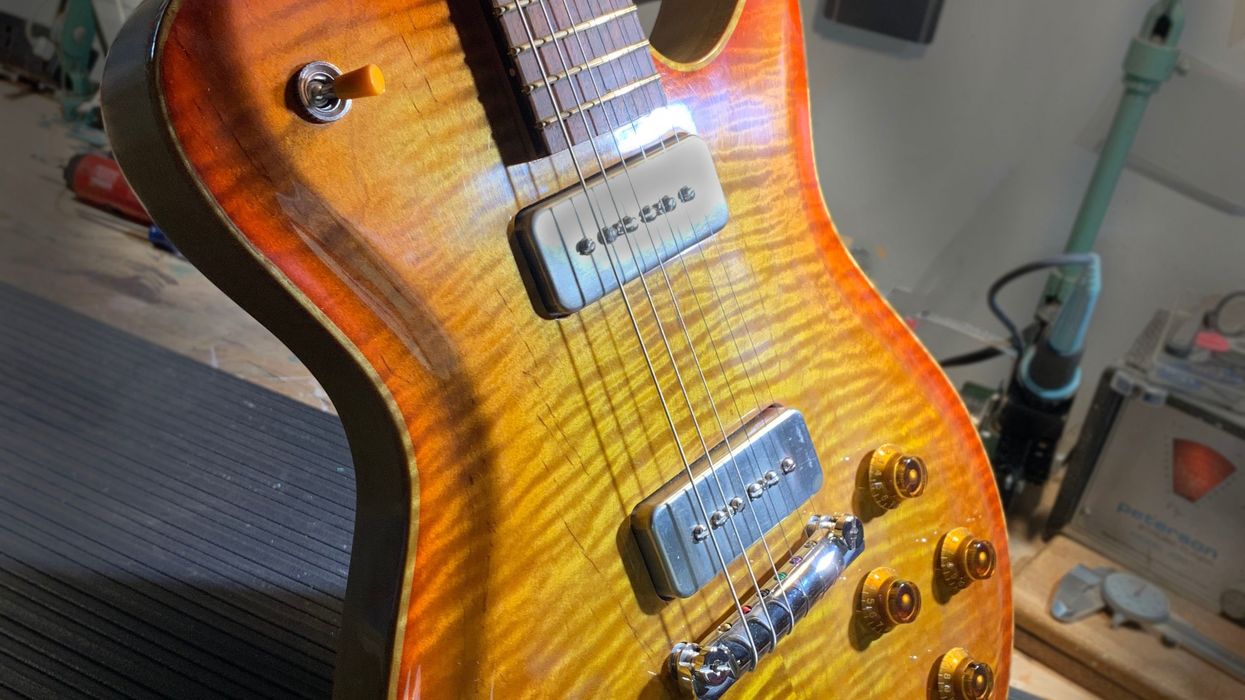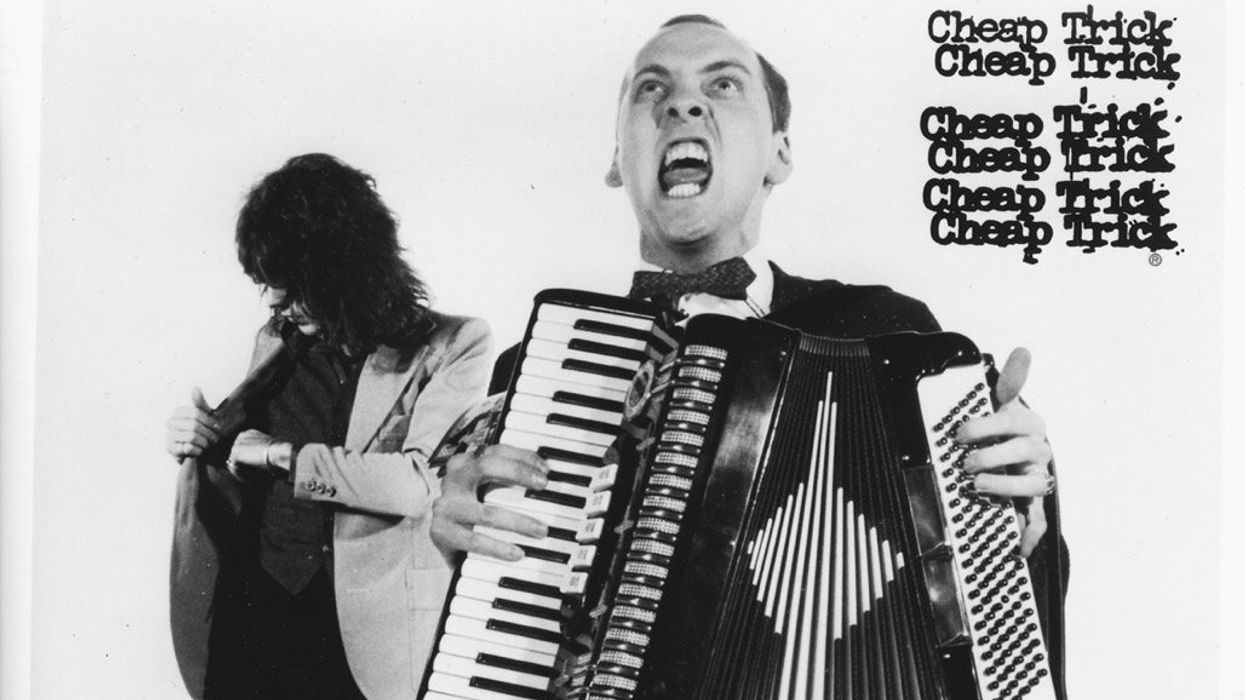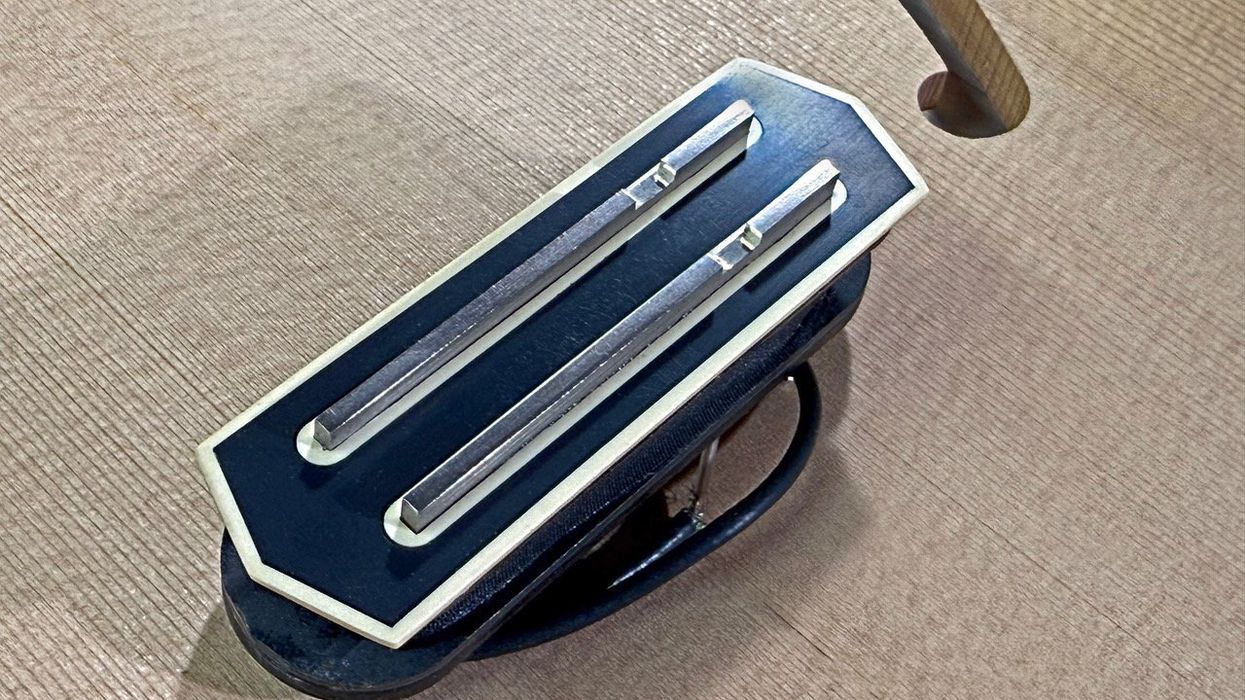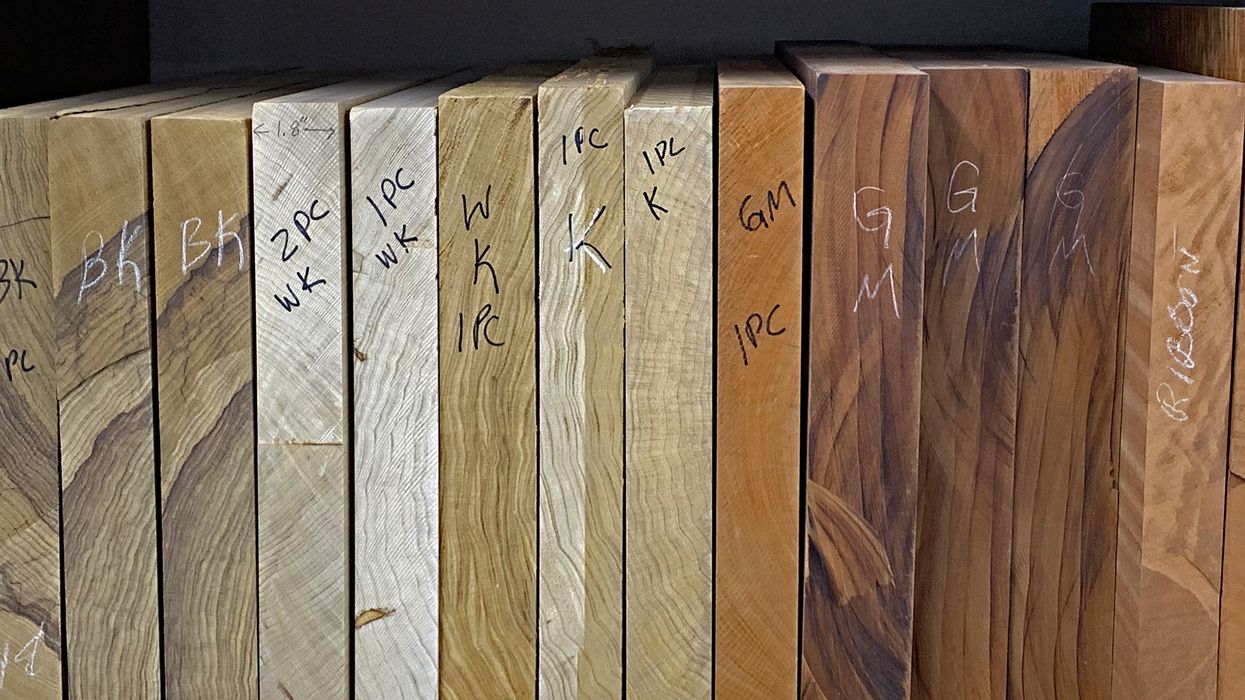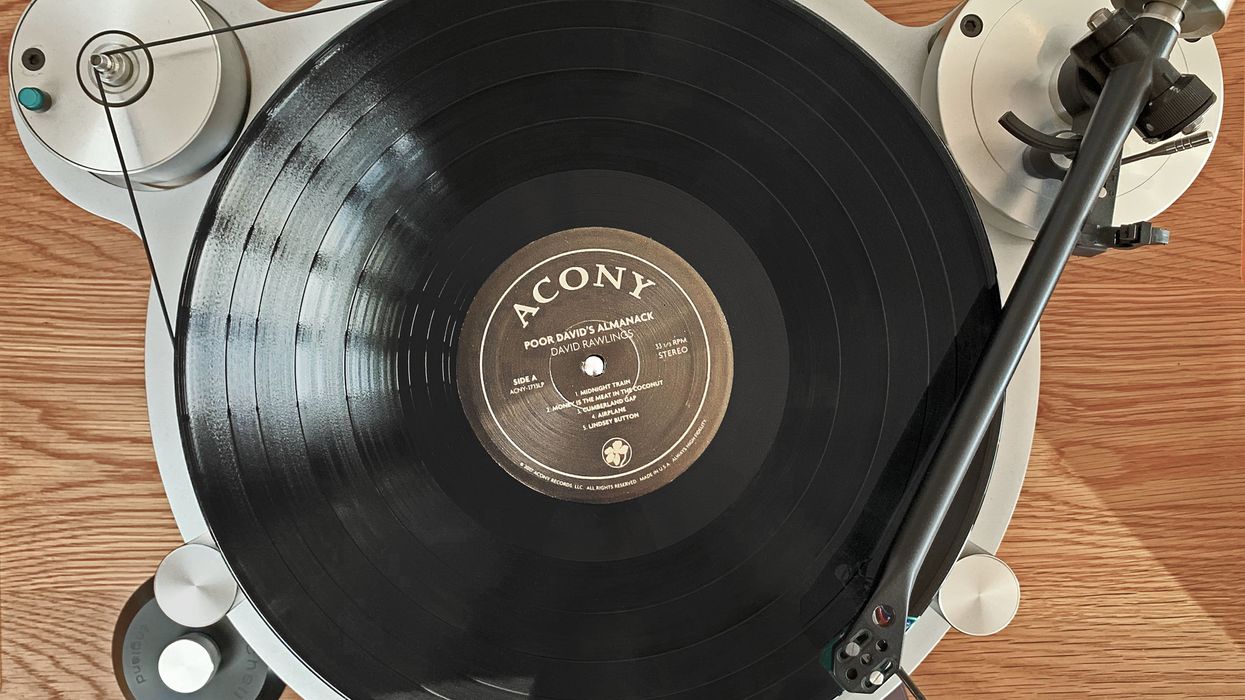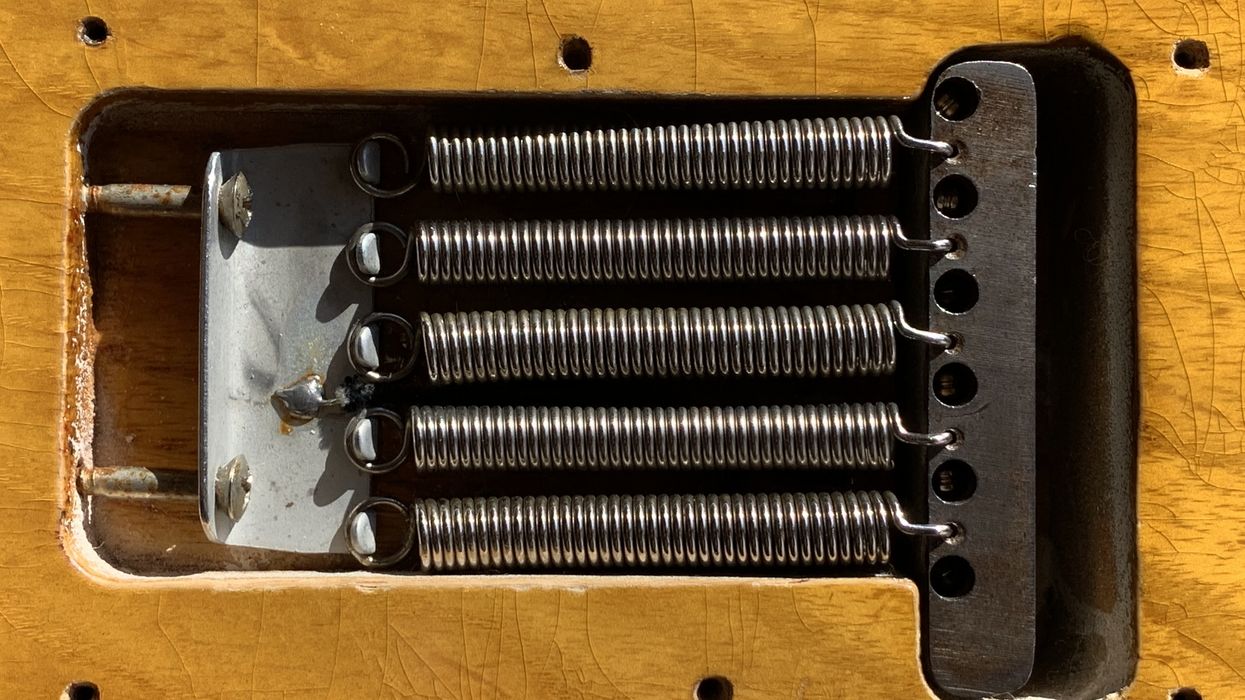Despite the tough times we’ve been facing over the past few years, the guitar world has kept on ticking. By all visible measures, the industry has been doing well, both for sellers of musical gear and for content creators. There has also been a resurgence of live shows, and even with the ebb and flow of infectious disease, the marketplace for live concerts is gathering steam. So, what has changed in our journey to the “new” normal?
For musicians, live music is the component that many enjoy most, so its return is a welcome catharsis. This is good news not just for musicians, but for all the supporting cast members who make the performance ecosystem run. Guitar and drum techs, sound designers, lighting directors, and all the ancillary venue staff needed to stage and manage a night out for a few hundred (or thousand) music fans are the lifeblood of the whole musical experience machine. It takes a lot of grease to make the gravy, which is good for people in the industry who have been sidelined for so long.
It’s going to take a while for the past level of venues to rebuild, I suppose. In the meantime, other outlets that have blossomed in the past few years will continue, with more and more emphasis placed on quality content like streaming shows. True, the format is hardly new, but the production values have improved significantly. Five years ago, you could get away with a shaky cell phone video of your gig or lesson. Today, the bar has risen to make well-lit multi-camera productions the norm. Video editing has become more sophisticated, and a lot of what I see looks more like real broadcast quality. The same goes for shop tours and builder interviews. On the gear side of things, podcasts and more in-depth videos from builders have reached a new level as well.
It takes a lot of grease to make the gravy, which is good for people in the industry who have been sidelined for so long.
Some of this has resulted from the plethora of information about how audio and video production works, and the huge amount of affordable video gear. Previously, only well-funded outfits could afford to hire production companies to create video content. The cost of making a 30-minute piece of broadcast-quality video could be five, or even six figures. Compare that to today, where a few thousand dollars’ worth of gear can get you into the game—and you start to understand why new videos are much slicker.
That’s not to imply that slick production is what makes the difference. Great content is at the heart of any great endeavor. Take a look at the in-depth YouTube series Archtoppery, featuring master luthier Ken Parker. Not that the production value is anywhere near Hollywood levels, but Parker’s guidance through the mesmerizing journey into the minutiae of guitar making is a must-see. What sets it apart is his depth of experience and his ability to verbalize the mechanics of the craft in a way that anyone can understand. You need a little patience to watch a solid hour of how to improve a wood gouge, but that’s precisely what makes this series superlative. Even though Parker is adept at building guitars in a factory setting, his love of the handiwork that he employs on his current instruments humbles even the most experienced among us.
This all brings me to the future of guitar-building on the individual level. If the first few years of this century was a gold rush to launch small-batch guitar brands, the pandemic years brought oversaturation. As we move into the next phase, the reality of the home-built market is setting in. I’m certain that a lot of the basement builders will continue, just as the home beer-brewing hobby does. My best guess is that a lot of the people who attempted to take their hobby to the next level may tire of the struggle to get enough traction to survive. At the corporate level, the Anheuser-Busch and Heinekens of guitar sales will still carry the day.


